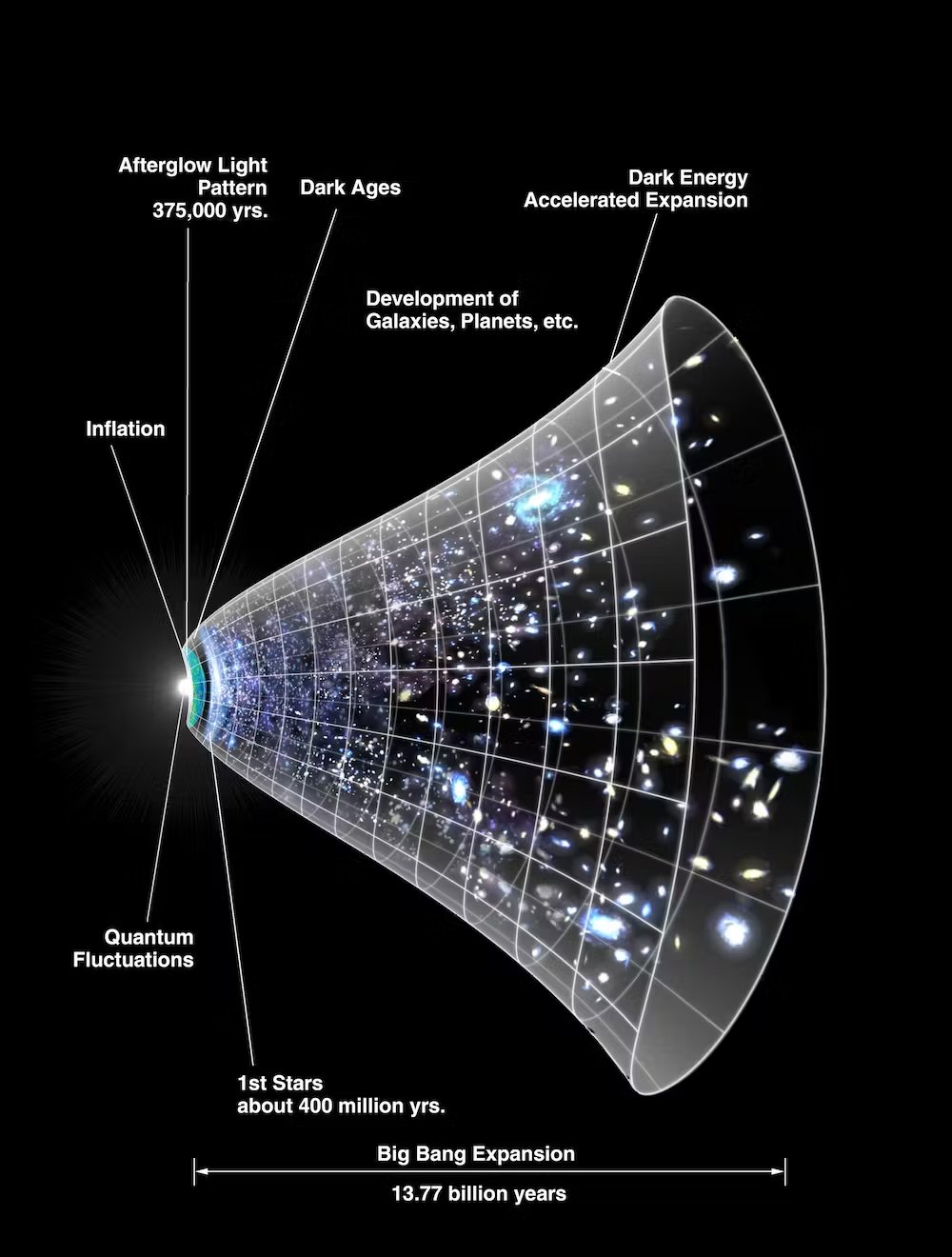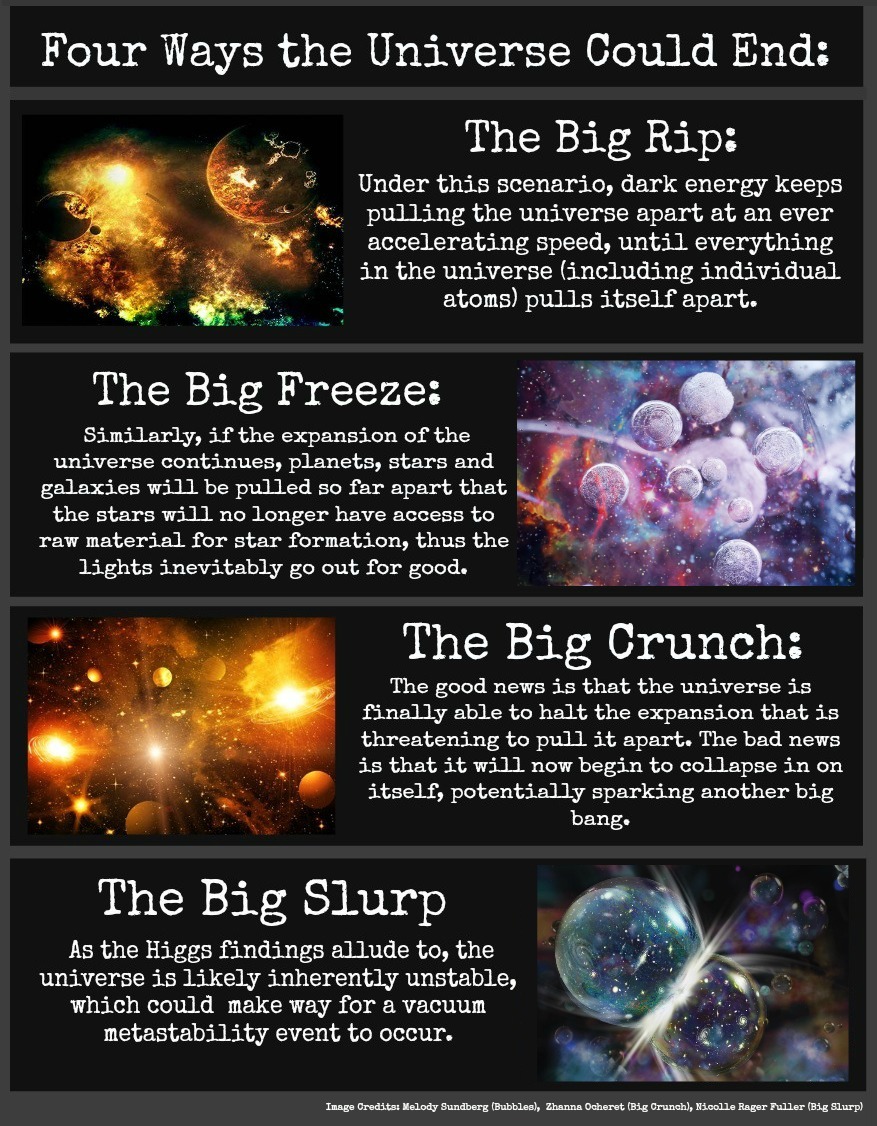On July 1st the American space corporation Space X successfully launched the European Space Agency’s (ESA’s) Euclid space telescope and set it on course for its final destination the Lagrangian L2 point that lies about 1 million kilometers from Earth. The spacecraft spent the about thirty days on that journey, reaching its destination at the end of the month. (For more information on the Lagrangian points see my blog posts of 6 January 2017 and 29 January 2022). This is the same location that the James Webb Space Telescope (JWST) was sent to and for the same reason. Since both telescopes observe the Universe in the infrared portion of the electromagnetic spectrum they both have to get as far away as they can from the heat of our planet, which would swamp their infrared detectors. Unlike JWST however Euclid will also operate in the visible spectrum.

With a main mirror of 1.2 meters in diameter Euclid is a less powerful telescope than JWST but it is designed to survey a larger portion of the sky with each observation. That was dictated by Euclid’s six-year mission to determine the distances and redshifts of millions of galaxies spread across approximately one third of the sky. Redshift in the light coming from a distant galaxy is caused by the general expansion of the Universe after the Big Bang and tells astronomers exactly how fast that galaxy is moving away from our own Milky Way.


By making these observations it is hoped that Euclid will give astrophysicists insight into how the expansion of the Universe has changed over the last 10 billion, which in turn will provide some clues about the nature of Dark Energy. At the same time Euclid will study the effect of gravitational lensing on the light coming from distant galaxies. By studying this effect astrophysicists hope to learn more about Dark Matter.

Together Dark Matter and Dark Energy are the two greatest mysteries in science today. Think about it, physicists estimate that some 95% of the energy in the Universe comes in forms that we know almost nothing about. Physicists first began thinking about Dark Matter more than 50 years ago and although we’ve tried many ideas as to what Dark Matter could be so far none of them have been confirmed. (For more about Dark Matter see my post of 19 June 2019).

Most of what we know about Dark Matter comes from the way its gravity effects shape and motions of galaxies, a study known as galactic dynamics. Recently the way that Dark Matter’s gravity can bend the light coming from galaxies behind it has also been studied. By observing this effect for millions of galaxies it is expected that Euclid will provide a better understanding of how Dark Matter is distributed throughout space.

Dark Energy on the other hand is simply a name cosmologists have given to whatever force it is that is causing the Universe to not only expand but accelerate in that expansion, we literally know nothing else about it. One thing that cosmologists most what to know about is whether Dark Energy is a constant, like the ‘cosmological constant’ in Einstein’s field equations, or is it dynamic, does it’s strength change with time. The very fate of the Universe is at stake here for if Dark Energy is strictly constant then most of the other galaxies in the Universe will one day move so far away as to become invisible, leaving only the Milky Way and a few of its close neighbors as all of the Universe there is to be seen.

If however Dark Energy gets stronger with time then the force of expansion will grow into a ‘Big Rip’ where every single particle in the Universe is repelled by every other particle and no structure of any kind exists. On the other hand, what if Dark Energy should reverse itself, becoming an attraction rather than a repulsion. In that case the expansion of the Universe could come to a stop and become a contraction eventually leading to a ‘Big Crunch’, the opposite of the Big Bang.

It is questions like that that astronomers hope Euclid will provide some answers to. At the same time it is also expected that during its survey of the sky the Euclid spacecraft will discover many unusual objects that will be studied in detail by more powerful telescopes like JWST. The data sent back by Euclid will be shared amongst more than 1200 astronomers and astrophysicists in 15 countries, basically the European Union plus the UK, Canada and the US.


Ever since Einstein we’ve known that gravity effects the very geometry of space-time. By providing us with details about the nature of Dark Energy and Dark Matter the Euclid spacecraft will teach us a great deal about the overall geometry of the Universe, following in the footsteps of Euclid of Alexandria, the founder of geometry.
